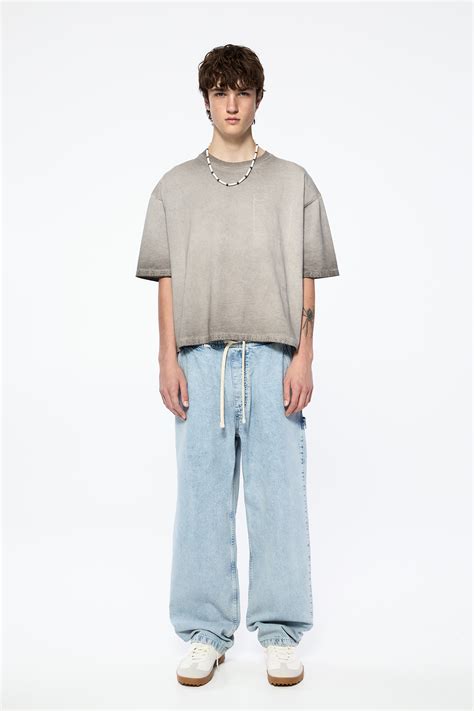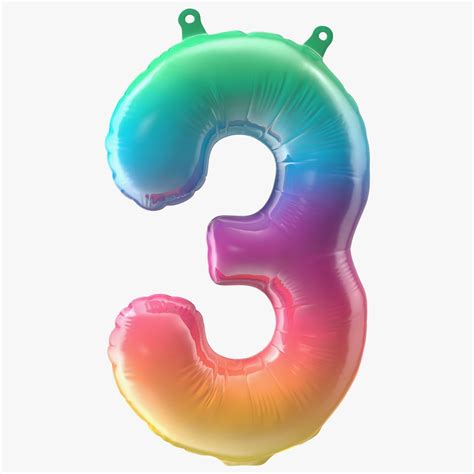In the world of men’s style, few garments are as foundational as the dress shirt. It’s the cornerstone of both formal and business casual attire, capable of elevating an outfit or, if chosen incorrectly, sabotaging it entirely. While fabric, color, and pattern all play their part, there’s one critical aspect that men frequently overlook or misunderstand, leading to a less-than-polished appearance: the fit.
The Baggy Blunder: The Most Common Fit Faux Pas
The single most prevalent mistake men make when selecting a dress shirt is choosing one that is too baggy or loose. This isn’t just a minor oversight; it’s a widespread issue stemming from a combination of outdated sizing conventions, a misunderstanding of modern tailoring, and sometimes, a misguided pursuit of comfort. A shirt that’s too generous in the chest, waist, or sleeves creates unsightly excess fabric, leading to a sloppy, unkempt, and frankly, unflattering silhouette. It can make a man appear larger than he is, diminish the sharpness of a suit, and completely undermine any attempt at looking put-together.

Understanding Perfect Proportions: How a Dress Shirt Should Truly Fit
To avoid the baggy blunder, it’s crucial to understand what proper fit looks like in key areas:
1. The Shoulders: The Foundation of Fit
This is arguably the most critical area. The shoulder seam of your dress shirt should sit precisely where your shoulder ends and your arm begins. If it extends past this point, the shirt is too big; if it pulls inwards, it’s too small. A correctly aligned shoulder seam ensures the rest of the shirt hangs properly.

2. The Torso: No Excess Fabric
Once buttoned, there should be no significant excess fabric ballooning around your waist or chest. While you shouldn’t feel constricted, the shirt should follow the natural lines of your body. You should be able to pinch about 1-2 inches of fabric on either side of your waist without it feeling tight. Modern dress shirts come in various fits like “slim,” “tailored,” or “athletic” to accommodate different body types more precisely than traditional “regular” or “classic” fits.
3. The Sleeves and Cuffs: Clean and Tapered
Sleeves should taper gently down the arm, without excessive fabric bunching up. The cuff, when buttoned, should sit snugly around your wrist, allowing for a watch to be worn comfortably underneath, but not sliding too far up or down your arm. When standing with your arms at your sides, the cuff should meet the break of your wrist, just where your hand begins.

4. The Collar: Comfort Without Gaps
For a dress shirt, the collar fit is paramount, especially if you plan on wearing a tie. You should be able to comfortably slip two fingers between your neck and the buttoned collar, but no more. A collar that’s too loose will gape, while one that’s too tight will be uncomfortable and unflattering.

5. The Length: Stays Tucked
A dress shirt is designed to be tucked in. It should be long enough to stay securely tucked throughout the day without coming undone with normal movement. However, it shouldn’t be so long that it bunches excessively in your trousers.
Actionable Steps to Achieving the Right Fit
- Know Your Measurements: Don’t just guess. Get your neck and sleeve measurements accurately taken. This is your starting point.
- Try Different Brands and Cuts: A “slim fit” from one brand might be a “tailored fit” from another. Experiment to find what works for your body type.
- Buy for Your Shoulders: If everything else is off, but the shoulders fit, you can often tailor the rest. The shoulders are the hardest part to alter.
- Embrace a Tailor: A good tailor is your secret weapon. For a modest fee, they can take a decent-fitting shirt and make it look custom-made by adjusting the waist, sleeves, or even darting the back for a cleaner silhouette. This is often more cost-effective than buying bespoke.
- The “Mirror Test”: Stand in front of a mirror, buttoned up, and observe. Do you see excess fabric? Does it pull anywhere? Move around – raise your arms, bend over. Does it stay tucked and comfortable?
Conclusion: The Power of a Well-Fitted Shirt
Overcoming the common mistake of choosing an overly baggy dress shirt transforms not just your appearance, but your confidence too. A shirt that fits perfectly not only looks sharper and more modern but also highlights your physique in the best possible way. Investing the time to find the right fit—whether off-the-rack or with a tailor’s help—is one of the smartest decisions you can make for your wardrobe. It’s the difference between merely getting dressed and truly being well-dressed.





